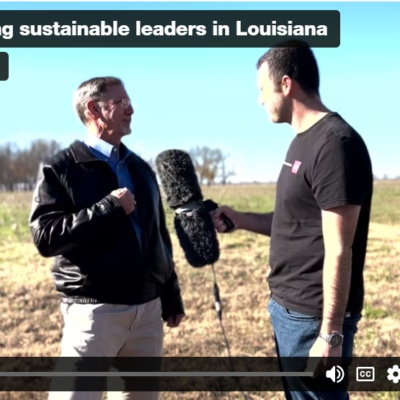
When federal government and agricultural producers collaborate on conservation, great things happen. And the Hardwick Planting Co in Newellton, Louisiana is a prime example, says Chad Kacir from the Natural Resources Conservation Service (NRCS) in conversation with New Food editor Josh Minchin.
Read more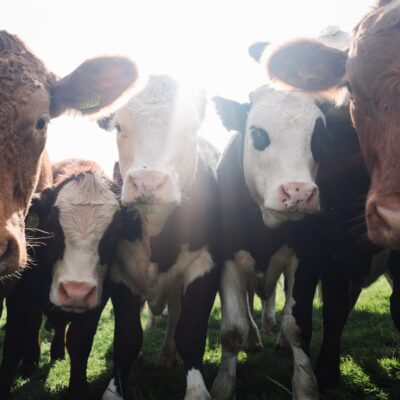
Report by University of California, Davis CLEAR Center concludes that the dairy industry’s comprehensive GHG reduction strategies will enable it to meet the targets set by Senate Bill No. 1383 (or SB 1383) and achieve climate neutrality.
Read more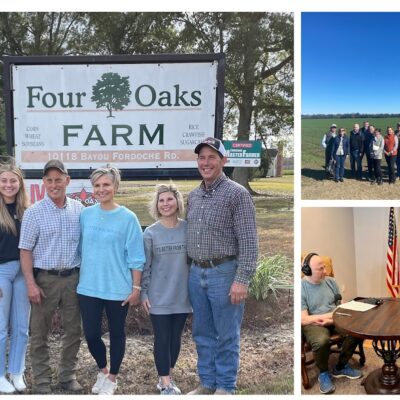
American farmers and producers are focused on sustainability and taking care of the land for future generations, writes Ekonom deputy editor Martin Petricek.
Read more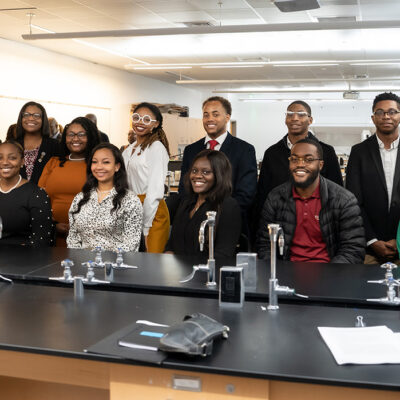
Seventy-one climate-smart projects that expand opportunities for small and underserved producers will receive $325 million in funding through USDA’s Partnerships for Climate-Smart Commodities initiative, Secretary Vilsack announced.
Read more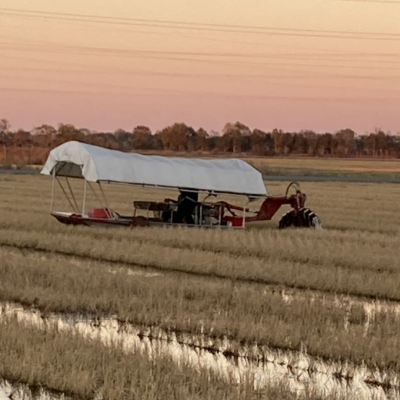
Six journalists from the UK and EU spent last week touring southwest Louisiana rice country for an in-depth look at U.S. rice production with a special emphasis on sustainable production practices.
Read more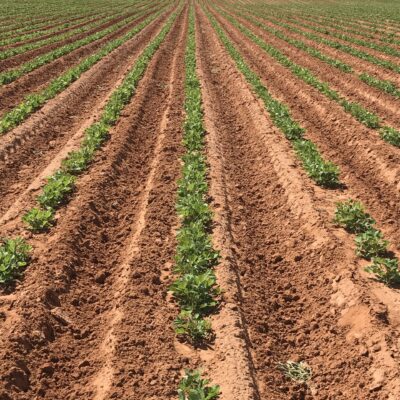
The American Peanut Council says the information will be used to establish a baseline for the next 2 – 3 crop seasons, with the near-term aim of setting goals with industry input, and a longer-term ambition of continuous improvement.
Read more
To the naysayers who claim beef is “ruining the environment,” Colorado farmer-turned-chef-restauranteur Alex Seidel says he knows from his decades of training that this couldn’t be further from the truth.
Read more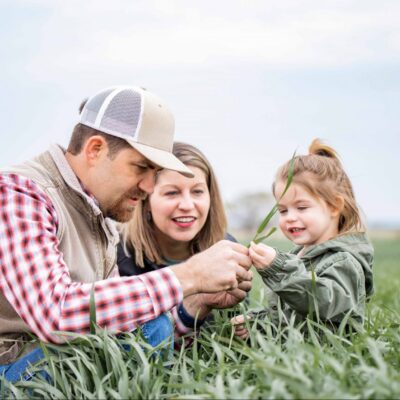
Meet Clint Wilcox of Fairview, Oklahoma, who grows a variety of crops including wheat, canola, sorghum and soybeans and raises cattle with his wife, Jessica.
Read more
Sixth-generation Iowa farmer Kelly Garrett is Field to Market’s Farmer of the Year 2022, recognized for outstanding conservation efforts on his farm and his leadership in advancing sustainable agriculture.
Read more
A global initiative from the United States and the United Arab Emirates to drive climate action has made significant strides since its launch a year ago.
Read more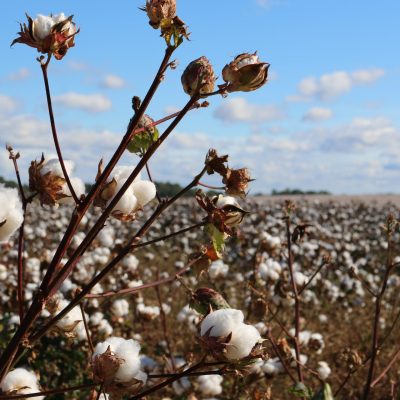
Achievements range from a 13% increase in land use efficiency to a 14% increase in water use efficiency.
Read more
The latest episode of This is U.S. Sustainability, the U.S. Sustainability Alliance podcast, is now available to download. Tune in for the lowdown on the innovative, often surprising ways the almond […]
Read more